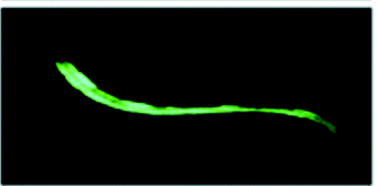The genome of the nematode Caenorhabditis elegans encodes for two multifunctional metal binding metallothioneins (MTs), CeMT-1 and CeMT-2. Here we applied qPCR to identify a transcriptional up-regulation following the exposure to free radical generators (ROS) paraquat or hydrogen peroxide, a trend that was confirmed with Pmtl::GFP expressing alleles. The deletion of the MT loci resulted in an elevation of in vivo levels of hydrogen peroxide and exposure to ROS caused a reduction in total egg production, growth and life span in wild type nematodes, effects that were particularly pronounced in the CeMT-2 and double knockout. Moreover, in vitro incubation of recombinant MTs with hydrogen peroxide demonstrated the presence of direct oxidation of the CeMTs, with zinc released from both isoforms and concomitant formation of intra-molecular disulfides. Finally, metabolic profiling (metabolomic) analysis of wild type and MT knockouts in the presence/absence of oxidative stressors, confirmed the overall trend described by the other experiments, and identified 2-aminoadipate as a potential novel small-molecule marker of oxidative stress. In summary, this study highlights that C. elegans metallothioneins scavenge and protect against reactive oxygen species and potentially against oxidative stress, with CeMT-2 being more effective than CeMT-1.

You have access to this article
 Please wait while we load your content...
Something went wrong. Try again?
Please wait while we load your content...
Something went wrong. Try again?


 Please wait while we load your content...
Please wait while we load your content...